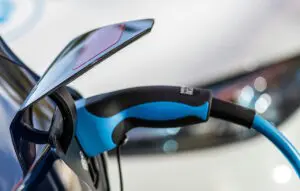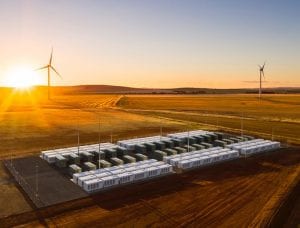A recent press release from Graz University of Technology in Austria announces they have built a prototype of a robot-controlled, high-speed combined charging system (CCS) for electric vehicles.
Its big claim to fame is that it is capable of charging EVs placed in ‘less than perfect’ parking alignment with the system.
It works through cameras placed on the robot that recognise the position and type of the charging socket and tell it where to plug in the charging cable.
The robot is able to recognise various models of EV, so no changes need to be made to an EV to be able to use the system. The system can also cope with various light conditions (both indoors and outside).
Designed for use with fast and ultra-fast charging systems, it will eliminate the need for handling the cables, or even getting out of the car in unpleasant weather!
As can be seen in this video, it copes with a stream of vehicles lining up to use it and smoothly reaches the charging inlet each time, despite variations in positioning of each vehicle as they travel through.
It is worth noting that the system is also a potential solution for dealing with fully automated parking systems as well as autonomous vehicles since it needs no human intervention from beginning to end of the process.
This is certainly not the first such proposed (or announced) system: readers may also remember the 2015 video of a prototype charging robot for the Model S from Tesla.
However, nothing has been heard of that system since that video. (Given the rather creepy nature of that robot, this may not be an altogether bad thing ….)
As a side note: an interesting alternate EV charging system is the wireless EV charger, where a charging pad is placed under the vehicle and a coil is built into the car to pick-up the power in the same way as a transformer works (i.e. there is no physical wiring connection between the two).

Several manufacturers offer these as aftermarket purchases, and Mercedes is offering it as an option with some of their plug-in hybrid EVs.
However, wireless systems cannot cope with the high current needs of fast and ultra-fast DC charging – so it may come to pass that such robotic systems become the norm for DC fast-charge systems, and wireless charging becomes the choice for overnight, street and workplace charging.
Originally posted on our electric vehicle web-site The Driven. Sign up for the regular free EV newsletter here










